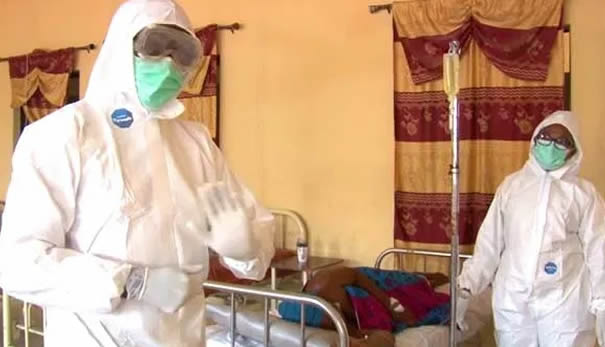Nigeria is experiencing a decline in Lassa fever cases, but the fatality rate remains high, the Nigeria Centre for Disease Control (NCDC) said in a report.
The centre in the report on Monday said that while the number of suspected and confirmed cases has decreased compared to the same period in 2024, the case fatality rate remained high.
Specifically, the centre said 145 deaths were reported with a CFR of 18.6 per cent, compared to 17.6 per cent in 2024.
The decline in cases, the centre said, is a positive trend, but the persistent high fatality rate is a cause for concern among health experts.
The NCDC said cases fell from 11 in week 29 to three in week 30, recorded in Edo and Ondo States.
The agency said that cumulatively, Nigeria has recorded 825 confirmed cases and 155 deaths across 21 states and 105 local government areas since the start of 2025.
The report also showed that 89 per cent of confirmed cases were concentrated in five states: Ondo, 32 per cent, Bauchi, 23 per cent, Edo, 17 per cent, Taraba, 14 per cent and Ebonyi, three per cent.
The centre said that the most affected age group was between 21 and 30 years, with a male-to-female ratio of 1:0.8.
The NCDC noted that while suspected and confirmed cases have decreased compared to last year, challenges persist, including late presentation at healthcare facilities, high treatment costs, poor environmental sanitation, and limited public awareness in high-burden communities.
It said response activities in the week included clinical management training, risk communication campaigns, rodent control programmes, distribution of thermometers for contact monitoring, and the deployment of rapid response teams to affected states.
The NCDC urged Nigerians to adopt preventive measures such as proper food storage, environmental hygiene, and early medical consultation to reduce the spread and severity of the disease.
Reports that Lassa fever is a viral hemorrhagic disease transmitted primarily through contact with the urine or faeces of infected rats.
It can also spread from person to person through bodily fluids, contaminated objects, or infected medical equipment.
Symptoms include fever, sore throat, headache, vomiting, muscle pain, and, in severe cases, bleeding from the body openings.




